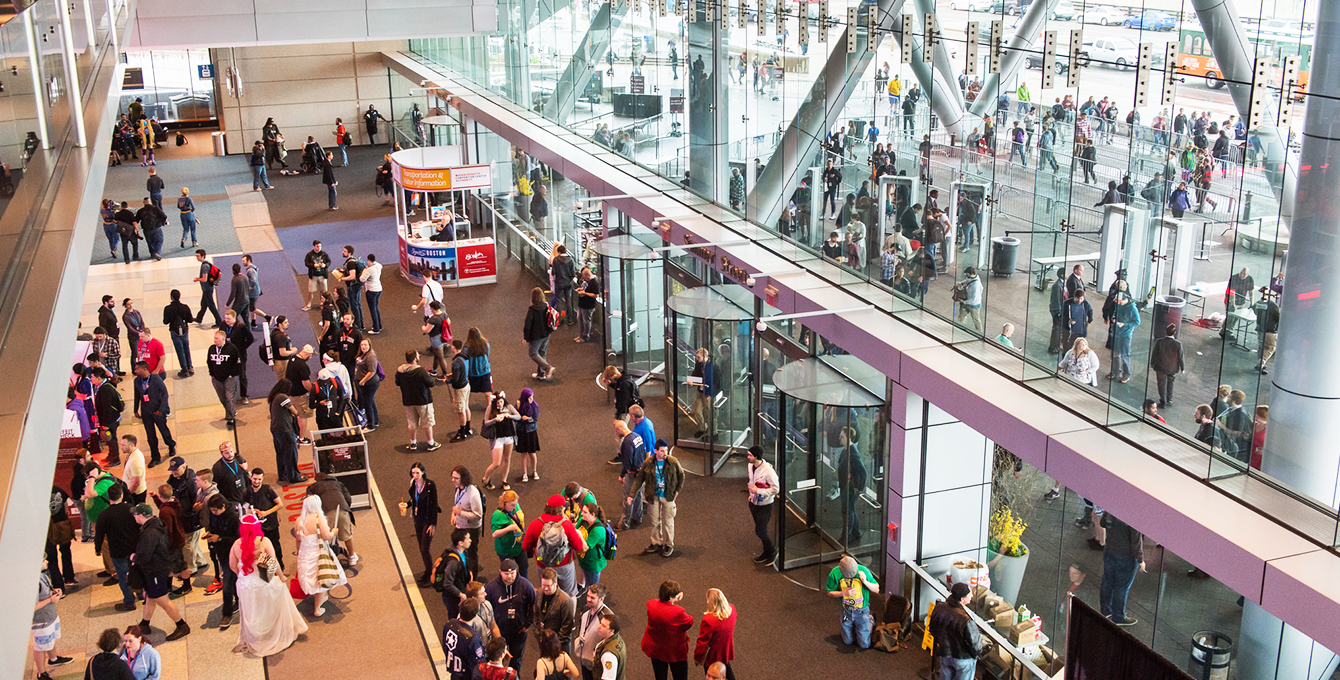The Public Safety Team at the BCEC and Hynes have taken their experiences to develop a comprehensive crisis management and emergency preparedness training program. So far in our series on these topics we covered the 5 steps to developing a crisis communications plan for your event and the latest venue and event trends in safety and security.
In the third installment of our crisis management series, we explore layered security and offer tips on how to successfully apply it to your next show. This highly effective approach utilizes different screening techniques and tactics to create layers of security not only as attendees enter your event, but also within your event.
PRE-PLANNING
The first step toward creating an effective layered security plan starts well in advance of your event and involves interagency planning and information exchange. Before every [big/high-profile] event, our Public Safety Team in Boston shares the event dates, the number of expected attendees, their preferred modes of transportation, and any other relevant event details with local first responders, as well as our transit authority, airport, and hotels. Each event is assessed for its threat level, and plans to secure the event are also shared.
OUTERMOST LAYER
On the day of the event, the first layer that attendees encounter is the outermost layer. This area covers people who are away from the building, but coming towards the event.
Since behavioral detection plays a very important role here, at certain points closer to our venue, we have staff in plain clothes looking for anything suspicious in people’s appearance, belongings, and/or actions. When looking for suspicions activity, behaviors including, but not limited to videotaping the venue, studying the crowds, or walking in an opposite direction relative to everyone else are considered red flags.
VENUE ARRIVAL LAYER
The venue arrival layer covers the area where people get dropped off at or walk up to the venue.
Our Public Safety Team is not the only team that is trained in behavioral detection. The transportation agent that might be opening someone’s cab door or letting attendees out of a shuttle is also able to determine when something doesn’t look right and notify the appropriate people. In addition, it is recommended to have uniformed security staff at this layer to emphasize that the event has security in place.
HARD PERIMETER LAYER
Once attendees enter the venue’s property, they have entered the hard perimeter. This is the place to have screenings, bag searches, magnetometers, etc. Some level of law enforcement should be present at this point, as well as any additional security technology that can help support the event. In addition to focusing on behavioral detection, we also suggest checking credentials to determine whether a specific person should be admitted further into the venue.
VENUE SECURITY LAYER
The venue security layer, covers attendees who are already inside. Here, the venue should have safety systems (a communication system, a fire alarm system, etc.) and staff in place to make sure that attendees and exhibitors are not wandering in restricted parts of the building or back corridors.
EVENT SPECIFIC LAYER
The last layer is the event space, i.e. your exhibit hall or general sessions. At that point, it is strongly advisable to have dedicated event security staff in place and ask attendees to show credentials in order to access the event.
Layered security works because of its multifaceted and sophisticated nature, and when executed right, it eliminates security gaps and vulnerabilities associated with traditional pro-active solutions.
Please, keep in mind that this article is not meant to be an exhaustive list of all the things you need to do when applying security to an event. Rather, these are examples of different spots that may require additional attention. As an event planner, you don’t necessarily have to implement all of these tactics, but it’s critical that you apply the appropriate levels, depending on the nature of your event and its specific threat level.
Download our Safety & Security whitepaper where we share lessons from two major events that took place in Boston: the 2013 Boston Marathon Bombing and the 2015 Pokémon World Championship. The paper further explores tactics and techniques employed by our security team and partners at the Massachusetts Large Venue Security Task Force, the Boston Police, the FBI, and the Department of Homeland Security.
The Plan Your Event section of our website includes information on all of the services available at our facilities. Whether you are in the process of evaluating Boston or planning your upcoming Boston event, our Signature Boston Team can walk you through all of your building services options, including public safety.




